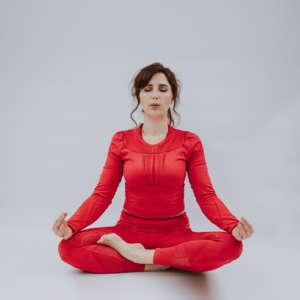Breathwork
Why is breathwork so powerful?
Breathwork supports so many of the challenges everyone experiences. It reduces stress, anxiety, depression, fear, grief and anger. It also helps create feelings of peace, clarity, love, openness, communication, and connection.
How breathwork effects your body.
Breathwork helps put the brakes on an acute stress response and diverts the health problems associated with chronic stress. By eliciting the body’s relaxation response, deep abdominal breathing helps reduce blood pressure.
Breathing is an automatic function of the body that is controlled by the respiratory center of the brain. When we feel stressed, our breathing rate changes as part of the ‘fight-or-flight response’. Fight-or-flight response is when the body shifts into survival mode
Fortunately, we also have the power to deliberately change our own breathing. Scientific studies have shown that controlling your breath can help to manage stress and stress-related conditions. Breath work is becoming more mainstream in promoting relaxation and reducing stress.
Do we ever really think about our breathing patterns? Not really. Why is that?
It’s because the primary role of breathing is to absorb oxygen and to expel carbon dioxide through the movement of the lungs. Muscles that control the movement of the lungs are the diaphragm (a sheet of muscle underneath the lungs) and the muscles between the ribs.
When a person is under stress, their breathing pattern changes. Typically, an anxious person takes small, shallow breaths, using their shoulders rather than their diaphragm to move air in and out of their lungs. This style of breathing disrupts the balance of gases in the body.
Shallow breathing, or hyperventilation, can prolong feelings of anxiety by making the physical symptoms of stress worse. Learning how to control your breathing can help to improve some of these symptoms.
When a person is relaxed, they breathe through their nose in a slow, even and gentle pattern. Deliberately copying a relaxed breathing pattern seems to calm the nervous system that controls the body’s involuntary functions.
Controlled breathing can cause physiological changes that include:
- lowered blood pressure and heart rate
- reduced levels of stress hormones in the blood
- reduced lactic acid build-up in muscle tissue
- balanced levels of oxygen and carbon dioxide in the blood
- improved immune system functioning
- increased physical energy
- increased feelings of calm and wellbeing
There are different breathing techniques to bring about relaxation. In essence, the general aim is to shift from upper chest breathing to abdominal breathing. You will need a quiet, relaxed environment where you won’t be disturbed for 10 to 20 minutes. Set an alarm if you don’t want to lose track of time.
Sit comfortably and raise your ribcage to expand your chest. Place one hand on your chest and the other on your abdomen. Take notice of how your upper chest and abdomen are moving while you breathe. Concentrate on your breath and try to gently breathe in and out through the nose. Your upper chest and stomach should be still, allowing the diaphragm to work more efficiently with your abdomen rather than your chest.
Meditation
Meditation
Things to remember
Shallow, upper chest breathing is part of the typical stress response.
The stress response can be reduced by consciously breathing using the diaphragm.
Abdominal breathing helps to control the nervous system and encourages the body to relax, bringing about a range of health benefits.
Simple Breathing Exercises
What is the 4 4 4 breathing technique?
Simply relax your body and do the following:
- Let out all of the air in your lungs to the count of four.
- Keep your lungs empty for a count of four.
- Inhale for a count of four.
- Keep your lungs full for a count of four.


